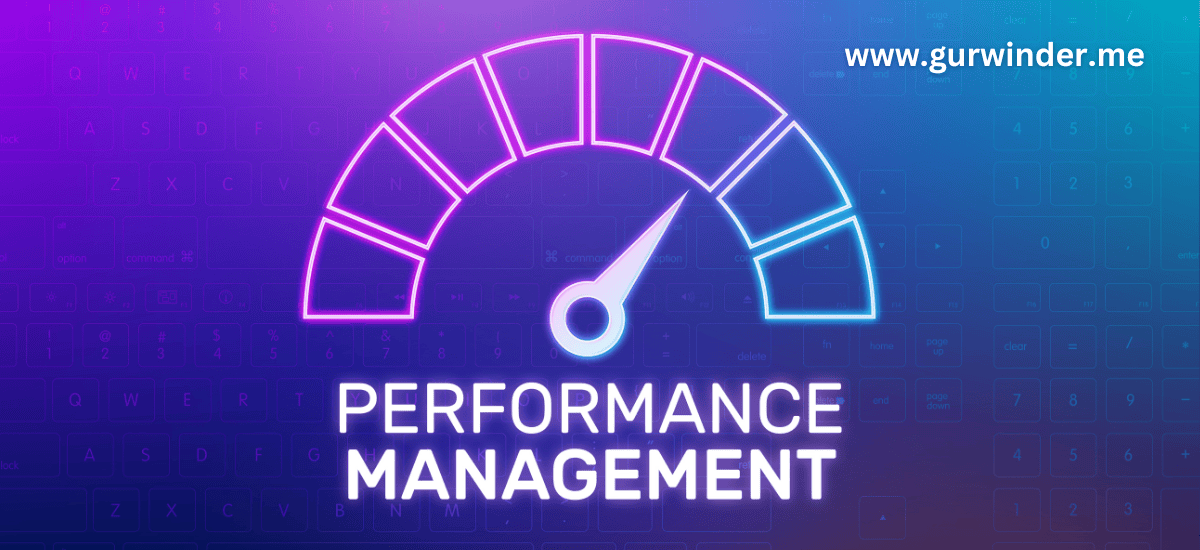Building a Flutter app is an exciting journey, but optimizing it for performance and speed is equally important. A fast and responsive app not only enhances user experience but also helps retain your audience. In this guide, we will explore essential tips and best practices for optimizing Flutter applications to ensure they run smoothly and efficiently.
Optimization Tips for Flutter Apps
1. Minimize Widget Rebuilds
Flutter’s reactive framework rebuilds widgets when the state changes. While this is powerful, unnecessary rebuilds can affect performance.
- Use
constWidgets: Define widgets asconstwherever possible to avoid repeated rebuilds. - Optimize
build()Methods: Keep yourbuild()methods lean by breaking complex UIs into smaller widgets. - Avoid Overuse of
setState(): LimitsetState()to update only the parts of the UI that need changes.
class MyWidget extends StatelessWidget {
const MyWidget({Key? key}) : super(key: key);
@override
Widget build(BuildContext context) {
return const Text('Optimized Widget');
}
}
2. Use Efficient State Management
Choosing the right state management approach significantly impacts app performance.
- Provider: Lightweight and easy to use for small-to-medium apps.
- Riverpod: A modern alternative to Provider with enhanced performance.
- Bloc/Cubit: Best for complex apps requiring structured state management.
3. Optimize Images and Assets
Large assets can slow down your app and increase its size.
- Use Cached Network Images: Leverage the
cached_network_imagepackage to cache and reuse images. - Resize Images: Compress and resize images to match your app’s requirements.
- Use SVGs for Icons: Instead of using raster images, consider using scalable vector graphics (SVGs).
4. Leverage Asynchronous Programming
Blocking the main thread can result in UI jank. Use asynchronous programming to offload heavy tasks.
- Use
Futureandasync/awaitto handle long-running tasks. - For computationally expensive tasks, use
compute()to move the workload to a background isolate.
Future<void> fetchData() async {
final data = await compute(fetchHeavyData, params);
}
5. Reduce App Size
App size directly impacts load time and user adoption.
- Enable Code Shrinking: Use
flutter build apk --split-per-abito generate architecture-specific APKs. - Remove Unused Code: Tools like
dart2jscan help identify and remove dead code. - Compress Assets: Optimize assets with tools like TinyPNG or ImageMagick.
6. Optimize Animations
Smooth animations improve the user experience but can be resource-intensive.
- Use the
AnimatedBuilderwidget for efficient animation updates. - Avoid animating large images or widgets; scale down assets where possible.
- Prefer hardware-accelerated widgets like
Transformfor complex animations.
7. Use Performance Profiling Tools
Flutter provides powerful tools to diagnose and improve performance.
- DevTools: Use the Flutter DevTools suite for performance profiling, including the frame timeline and memory allocation graphs.
- Flutter Inspector: Debug UI layouts and check for widget rebuilds.
- Logs: Monitor logs for potential performance bottlenecks.
8. Reduce Overdraw
Overdraw occurs when pixels are unnecessarily painted multiple times.
- Use the “Show Performance Overlay” option in Flutter to visualize overdraw.
- Simplify widget hierarchies and remove redundant widgets.
- Avoid using opacity and clipping when not necessary.
9. Efficient List Rendering
Lists are a common source of performance issues in Flutter apps.
- Use
ListView.builderorGridView.builderfor large lists to load items lazily. - Avoid nesting scrollable widgets, which can lead to rendering inefficiencies
10. Optimize Network Requests
Slow network responses can hinder app performance.
- Use
dioorhttppackages for efficient HTTP requests. - Implement caching to reduce redundant API calls.
- Handle errors gracefully and provide fallback options.
Conclusion
Performance optimization is an ongoing process, but with these tips, you can ensure your Flutter app is fast, efficient, and user-friendly. Regularly profile your app, stay updated with Flutter’s latest best practices, and prioritize user experience to make your app stand out.



